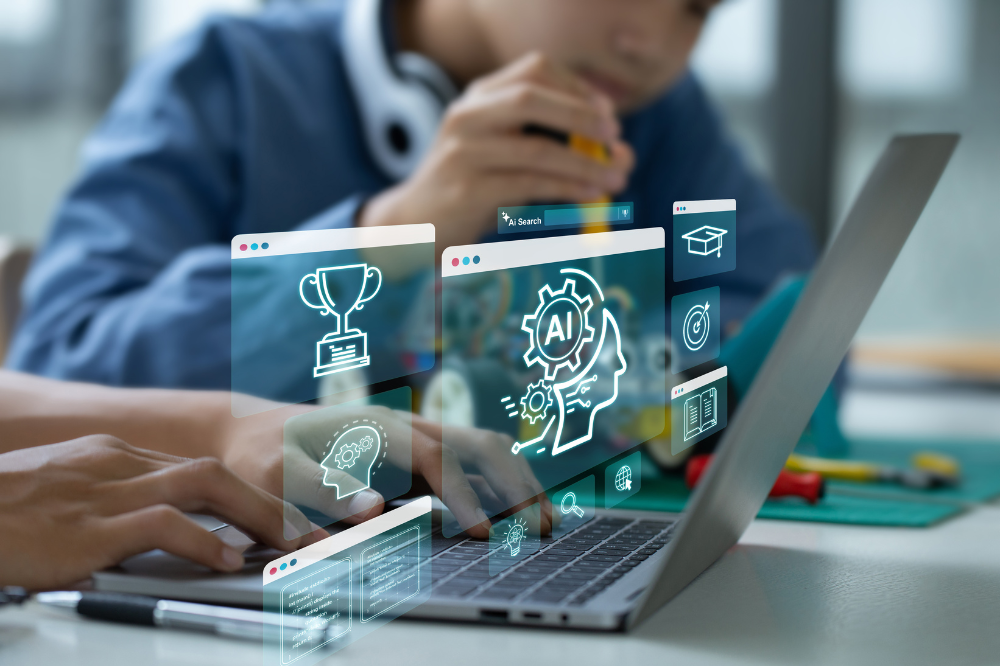
Artificial intelligence has swept through Australian classrooms, promising personalised learning and instant feedback. But emerging research suggests this educational revolution may come at a cost—one measured in diminished brain connections and forgotten lessons.
Dr Ragnar Purje and Professor Ken Purnell from Central Queensland University have documented both the potential and pitfalls of AI in education. Adaptive learning platforms successfully tailor lessons to individual student needs, whilst AI-driven tools help students with special needs access education through adjusted text and audio support.
Yet the same technology that promises to enhance learning may be quietly eroding it. Students using large language models like ChatGPT acquire “shallower knowledge” than those conducting traditional web searches, even when accessing identical information.
The brain under AI’s influence
The most striking findings emerge from neuroscience laboratories. In one experiment, students demonstrated a 47% decrease in active neural connections when using AI for essay writing—dropping from an average of 79 connections to just 42.
Perhaps more alarming, 83% of students who used AI assistance could not recall what they had written just minutes later, a phenomenon researchers term “cognitive debt” or digital amnesia.
“When cognitive tasks are repeatedly delegated to AI, students miss out on strengthening essential neural networks,” the researchers from Central Queensland University explain, particularly in areas crucial for executive function and memory consolidation.
The neuroplasticity factor
The teenage brain’s remarkable adaptability—neuroplasticity—makes these findings particularly significant. Young brains may adapt to AI dependency, potentially weakening cognitive muscles through disuse.
Lower self-motivation to engage in active thinking correlates with weaker neural connectivity in the prefrontal area, the brain region responsible for planning and decision-making.
Beyond the classroom
Physical play emerges as a crucial counterbalance to screen-based learning. Finland’s education system, which emphasises outdoor unstructured play, produces some of the world’s highest academic results and emotional wellbeing scores.
Children in high-tech, low-activity environments show increased rates of anxiety and learning difficulties. Research indicates reduced physical playtime in early childhood associates with slower language development and lower academic achievement.
Finding balance
The research suggests a middle path forward. Practical strategies include encouraging learning through tasks requiring thinking and persistence, setting clear boundaries on AI classroom use, and ensuring children maintain opportunities for unstructured physical play.
“AI can personalise learning content to match individual student interests and goals, increasing motivation and engagement,” researchers note, whilst emphasising that benefits require students to remain actively engaged.
Teachers report AI-generated work often lacks personality and originality, whilst students who achieve perfect grades using AI may not develop actual skills, knowledge, or competence.
As AI becomes increasingly prevalent in Australian schools, the challenge lies in harnessing its benefits without sacrificing the essential qualities of human learning and development. The future of education may depend on finding the right balance between technological assistance and cognitive independence.

